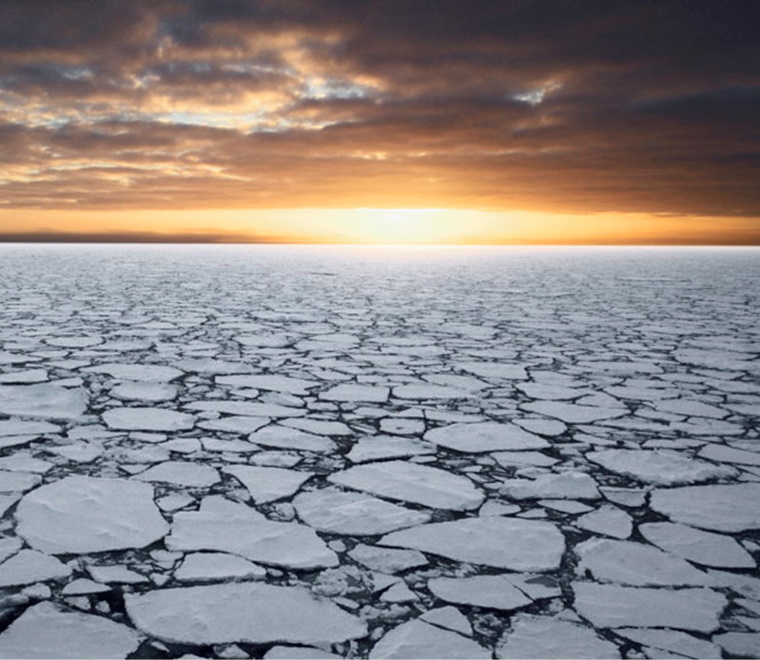

10 things you might not know about the Ross Sea
After five years of negotiations, an international agreement has been reached to protect the Ross Sea in the Southern Ocean.
ABPmer is very pleased to hear today that after five years of negotiations, an international agreement has been reached creating the world’s largest marine park protecting the Ross Sea in the Southern Ocean.
Here are 10 things you might not know about the Ross Sea
-1.5 degrees C - the average surface water temperature of the Ross Sea. The depths remain unfrozen because the ocean's salty water lowers the freezing point.
10 – the number of mammal species inhabit the Ross Sea; these include the Antarctic minke whale, Weddell seal, crabeater seal, leopard seal and orca, including a population specially adapted to feed on Antarctic toothfish.
150kg - the weight of an adult Antarctic toothfish, the dominant fish predator in the Ross Sea. They can can grow to over 2 metres in length and produces anti-freeze proteins to keep their blood from crystallizing.
1841 – the year James Clark Ross, a British naval officer and explorer discovered the Ross Sea.
1996 - the first time a New Zealand fishing vessel entered the Ross Sea, discovering the large numbers of Antarctic toothfish.
3,000 tonnes – the weight of Antarctic toothfish taken from the Ross Sea every year and sold as Chilean sea bass in high-end restaurants around the world. Removing large numbers will destroy the natural balance of the Ross Sea ecosystem because they are the top fish predator.
21,000 - the population of Antarctic minke whale inhabiting the Ross Sea. These whales can grow to almost 11m in length and 10 tonnes in weight. However, Minke whales are the smallest baleen whales in the world!
182,000 sq miles – the current estimated size of the Ross Ice Shelf. At 400m thick the Ross Ice Shelf is the world’s largest body of floating ice, lying at the head of Ross Sea.
240,000 - the number of emperor penguins living in the Ross Sea. They are the largest penguin species (up to 1.2 m tall and up to 45 kg) and are the only species to breed during the Antarctic winter. Remember 'Happy Feet'?
1,500,000km² – the area of sea protected by the Ross Sea marine park. It is now the world's largest “no take zone” where fishing is prohibited, under a 35 year protection agreement signed by 24 countries and the European Union.
For more information about the Ross Sea, visit The Last Ocean.
Image copyright Rob Robbins, Last Ocean
John Weller, ocean.si.edu


